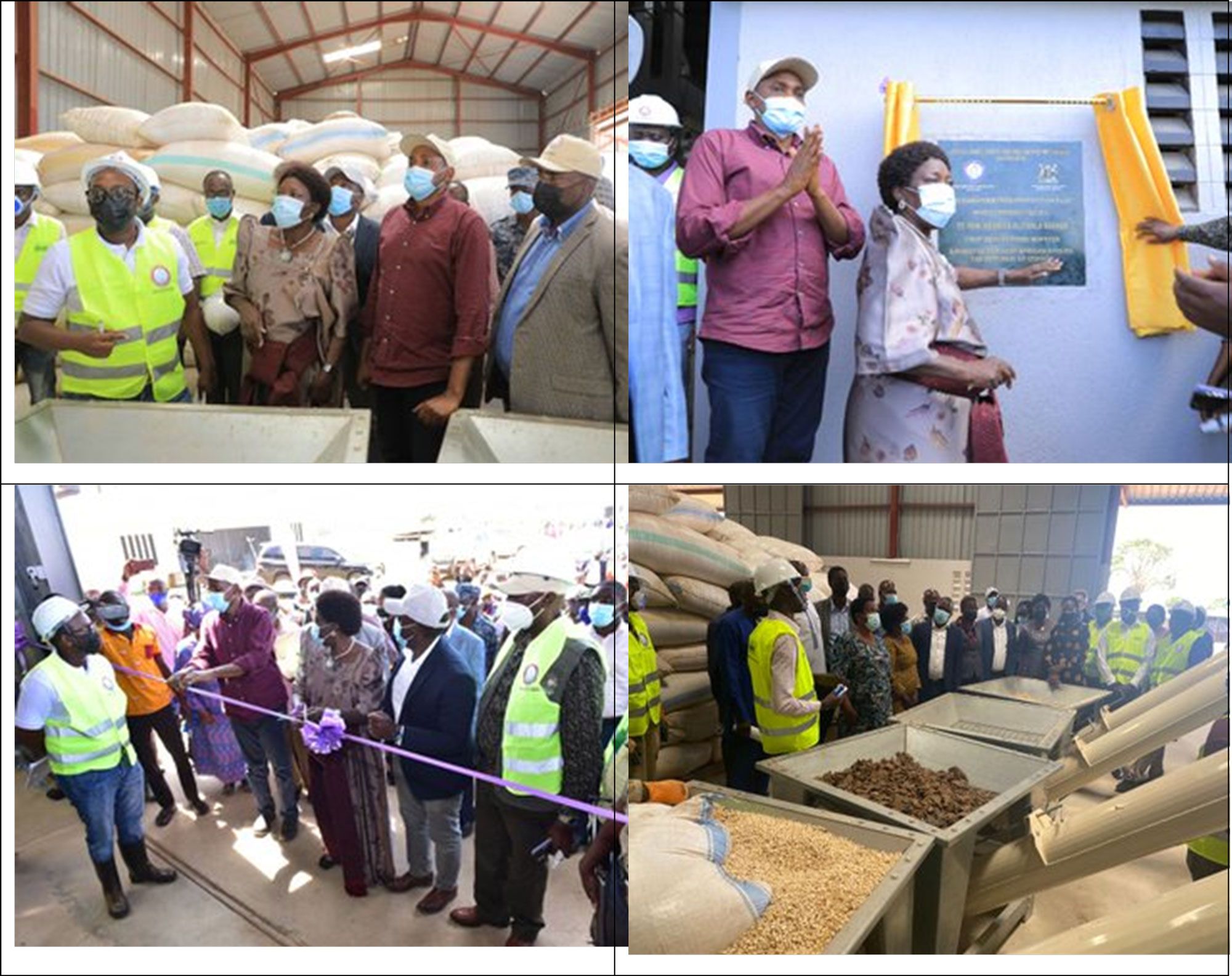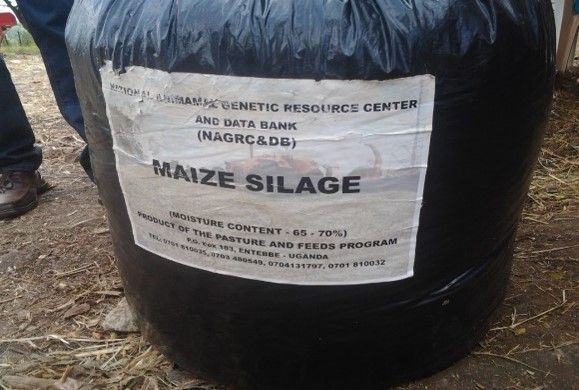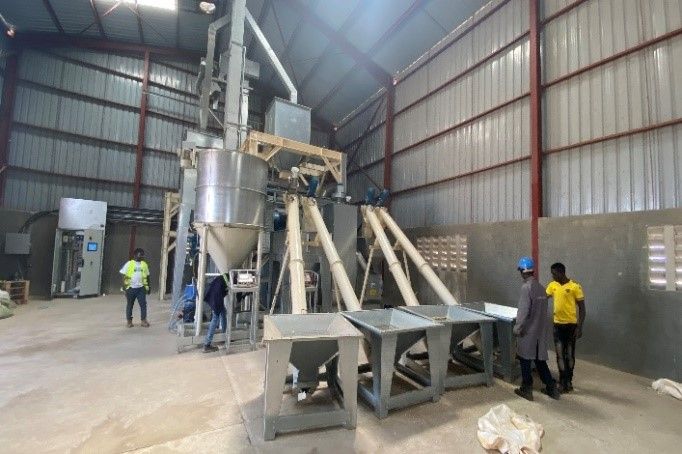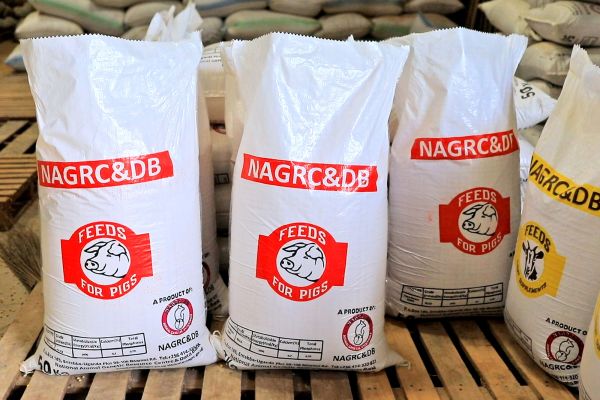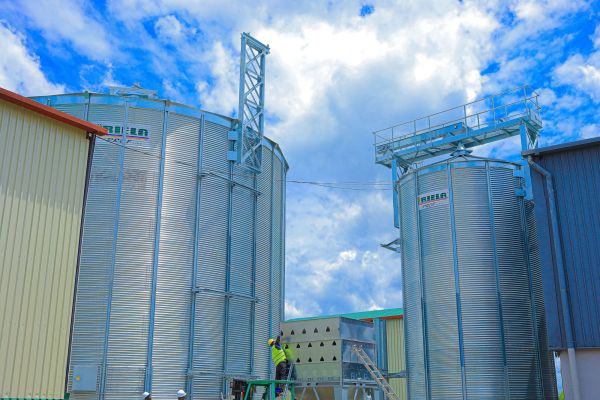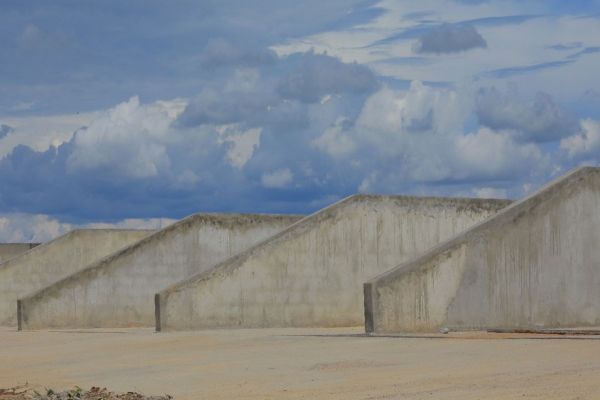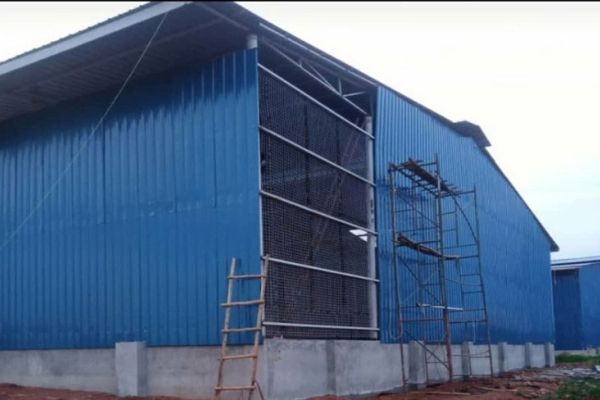Animal Feed Production Unit –pasture seed
multiplication and industrial feed production
-
About
Livestock development centres such as the National Animal Genetic Resources Centre and Data Bank of Uganda (NAGRC&DB) play a pivotal role in the sustainable advancement of animal husbandry, particularly in the domain of feed development and processing. These centres serve as catalysts for innovation, research, and implementation of strategies aimed at meeting the diverse dietary and nutritional needs of various animal species across different age groups, production statuses, and environmental conditions.
-
Purpose
The unit ensures the availability of suitable feeds that meet the dietary and nutritional requirements of livestock species, thereby enhancing their productivity, health, and overall well-being. The purposes of NAGRC&DB’s feed program include:
- Nutritional Optimization: Formulating feeds that provide optimal levels of essential nutrients required for growth, reproduction, and performance enhancement in livestock.
- Production Efficiency: Developing feeds that improve feed conversion rates, maximize production outputs, and minimize resource wastage to enhance the profitability of livestock farming.
- Disease Prevention: Incorporating feed additives and supplements that boost immune function and disease resistance in animals, thereby reducing the incidence of diseases and improving overall herd health.
- Environmental Sustainability: Promoting the use of locally available feed ingredients, implementing eco-friendly feed processing techniques, and reducing reliance on imported feeds to minimize the environmental impact of livestock farming.
-
Key Stakeholders
NAGRC&DB collaborates with various stakeholders across the agricultural value chain to ensure the availability and accessibility of high-quality feeds. These stakeholders include:
- Small-Scale Agro Producers: NAGRC&DB produces various varieties of grasses and legumes, including basal feed ingredients, as well as maize and soya, to support local agriculture and promote rural livelihoods.
- Feed Additives Suppliers: The centre procures feed additives including minerals, vitamins, and toxin binders from suppliers to enhance the nutritional content and safety of feeds.
- Transporters and Bulking Centres: Partnerships with transporters and bulking centres facilitate the efficient transportation and storage of feed ingredients, ensuring timely delivery to feed processing facilities.
- Research Institutions: Collaboration with research institutions enables NAGRC&DB to leverage scientific expertise and cutting-edge technologies in feed formulation, processing, and quality assurance.
- Education and Extension Institutions: Engagement with education and extension institutions facilitates knowledge exchange, capacity building, and technology transfer to livestock farmers on feed management and utilization practices.
- Nutritionists: Nutritionists with diverse backgrounds such as biochemists, agronomists, feeding experts, crop/pasture/breeders, and MET (Machinery, Equipment, and Tools) operators in feed manufacturing provide valuable insights into the nutritional requirements of different animal species, as well as the efficacy of feed additives and supplements in promoting animal health and productivity.
-
Key Strategic interventions
NAGRC&DB employs several strategies to ensure the availability of feeds:
- In-House Production: The centre produces various varieties of grasses and legumes, as well as maize and soya, to serve as basal feed ingredients for feed formulation.
- Procurement from Suppliers: NAGRC&DB procures additional basal feed ingredients and feed additives, including minerals, vitamins, and toxin binders, from reliable suppliers to supplement in-house production.
- Research and Development: Continuous research and development efforts are undertaken to improve feed formulations, enhance nutritional content, and optimize feed processing techniques.
- Quality Control: Stringent quality control measures are implemented throughout the feed production process to ensure the safety, nutritional integrity, and efficacy of feeds.
- Capacity Building: Training and capacity-building initiatives are conducted to empower stakeholders, including farmers, feed producers, and nutritionists, with the knowledge and skills required for effective feed management and utilization.
- Market Engagement: NAGRC&DB actively engages with livestock farmers through outreach programs, workshops, and demonstrations to raise awareness about the benefits of utilizing locally produced feeds and promote the adoption of best practices in feed management.
-
Ongoing Projects
- A feed processing plant was established at Kasolwe stock farm to scale up industrial production of livestock and poultry feeds to serve the farming communities. The high-capacity feed mill installed can produce 3MT/hr. for mash feeds and 2 MTs/hr. for pellet feeds (dry extrusion)
- Establishment of animal storage facilities on the different stock farms and ranches: 20 Hay barns each with holding capacity of up to 35,000 bales of hay; 60 silage bunkers each holding up to 20,000 tons of silage.
- Two (02) Grain storage facilities of 1500 metric ton capacity each have been established at Kasolwe stock farm and a floating fish feed production plant is being established at as well with a capacity of 250Kgs/Hr.
